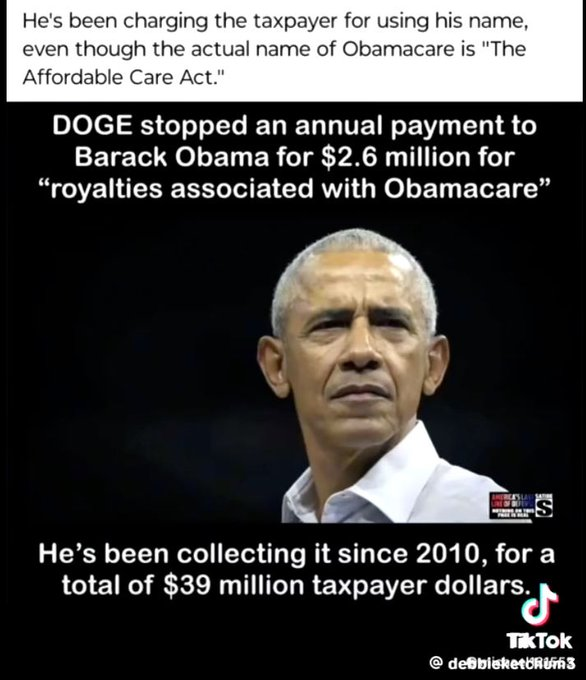Did Nancy Pelosi get paid $137 million tax dollars by USAID? This is another viral internet thread along with variations that has spread far and wide. The problem? In this particular case it appears to be false.
Let's critically analyze the claim using logic and see what we find.
The Claim
Posts on X (e.g., February 5–7, 2025) claim:
- Pelosi received $137 million from USAID
- For 38 years, Rep. Nancy Pelosi has received from USAID $137 million of our tax dollars - beyond her $233,500/year salary
- Update: Fraud, Waste and Abuse of our tax dollars! Nancy Pelosi got paid $137 million tax dollars by USAID which went straight to Nvidia calls.
- Nancy Pelosi's Vineyard received $14M from USAID for "experimental farming." This is an example of how a $174,000 salary turns into a $240,000,000 net worth.
- DOGE has just uncovered that Nancy Pelosi's Vineyard received $14M from USAID for "experimental farming”.
The Evidence
These claims are inconclusive and flagged as unreliable or fabricated. For example, a post by @therealdaddymo1 and another by @defense_civil25 repeat the $137 million figure; however, multiple sources, including Snopes, Lead Stories, and NewsBreak, explicitly state that claims about Nancy Pelosi receiving large sums of money from USAID—such as $14 million for her vineyard or $137 million—are false. Web results show USAID funds projects like the $61.3 million award to Roots of Peace in 2016 (announced by Rep. Huffman and Pelosi, but for agricultural development in Afghanistan, not Pelosi personally) and small subscriptions to media outlets like Politico ($24,000 in 2024). No credible reports or data (e.g., USAspending.gov, OpenSecrets) indicate Pelosi received $137 million or any personal payment from USAID. OpenSecrets tracks her finances, showing her wealth comes from investments (e.g., stocks, real estate) and congressional salary/pension, not USAID funds.
Furthermore, web sources and posts on X consistently identify The Dunning-Kruger Times as the source of this claim. The post referenced as the origin can be found here: https://archive.is/qOHwg with the title: Nancy Pelosi’s Vineyard Secures Millions in Federal Grants for “Experimental Farming”
The Dunning-Kruger Times “About Us” page explicitly states it produces “parody, satire, and tomfoolery,” not factual reporting. Therefore, the Dunning-Kruger Times is not a credible news source for factual information. Its content is intended as humor or satire, not truth. This alone renders the article invalid as a factual report, as it is explicitly fictional.
Conclusion
There’s no credible evidence that Nancy Pelosi received USAID money for her vineyard. Claims suggesting she got $14 million from USAID for "experimental farming" started circulating online recently, but they seem to have originated from a satirical Facebook page called "America’s Last Line of Defense," which is known for posting fake stories. The post even had a disclaimer saying it wasn’t real, and no official records or reputable news outlets back up the claim. USAID typically funds international development projects, not domestic ventures like a vineyard in California, which makes the story even less plausible.
That said, the rumor has spread on platforms like X, with some people pointing to it as an example of political corruption. But without solid proof—like government documents or a paper trail—it’s just noise. Pelosi’s wealth, estimated at over $100 million, mostly comes from her husband’s investments in real estate and stocks, including their Napa Valley vineyard, which they’ve owned for years. There’s no sign USAID has anything to do with it. Satire gets mistaken for fact all the time online—looks like this is another case of that.
What Can We Do?
When you see or read something, regardless of the source, you should have a healthy amount of skepticism. Healthy skepticism does mean automatically think it's true or false. Keep in mind that there are some out there who want to manipulate you by manipulating the narrative. Also remember, even trusted sources can get it wrong.
If what you see or read is important to you, before you share take a deep breath and do your research.





